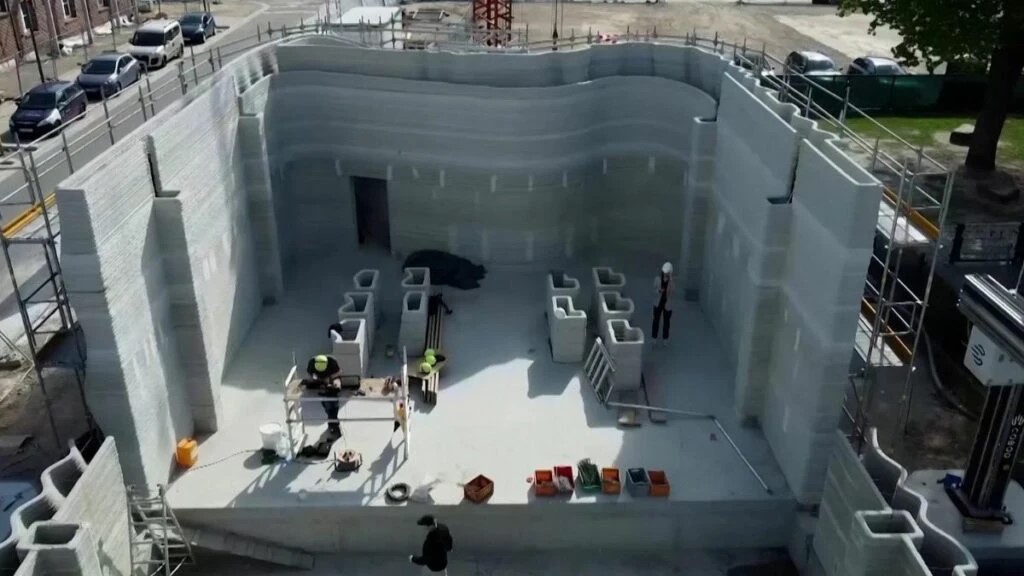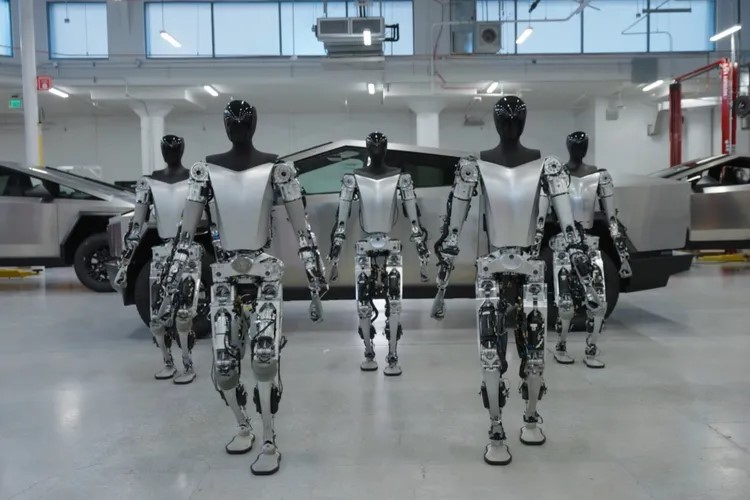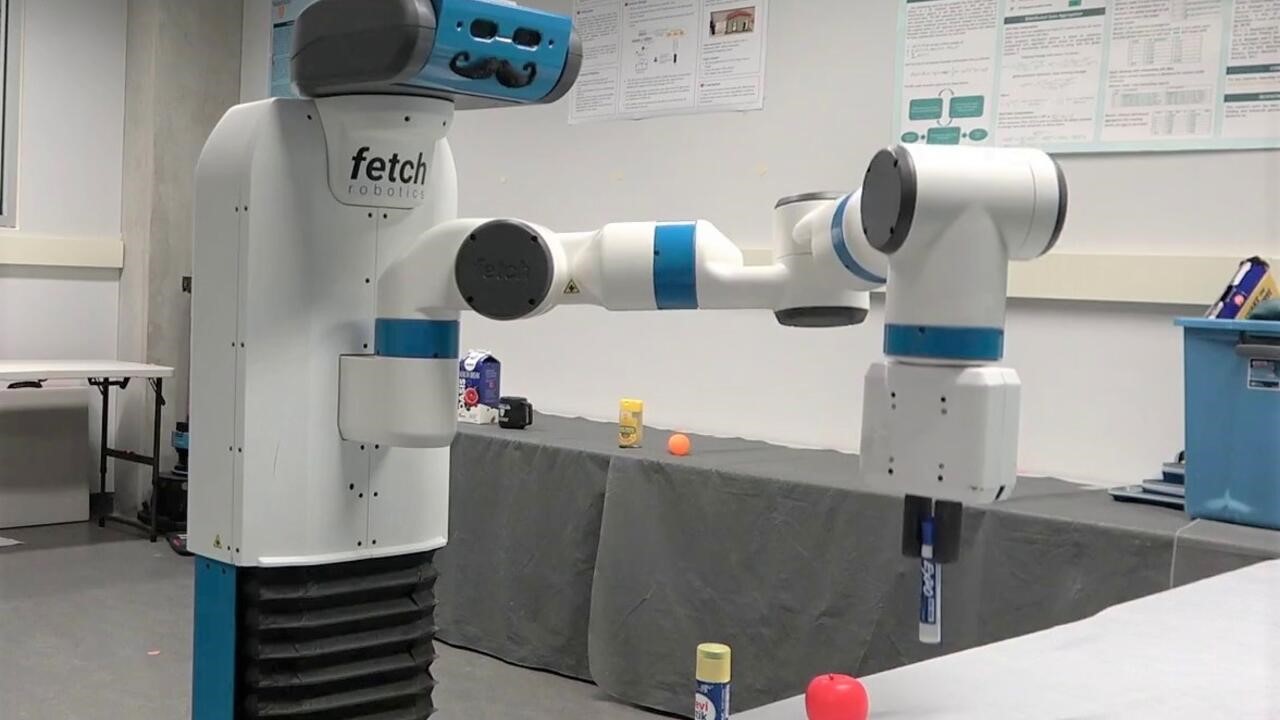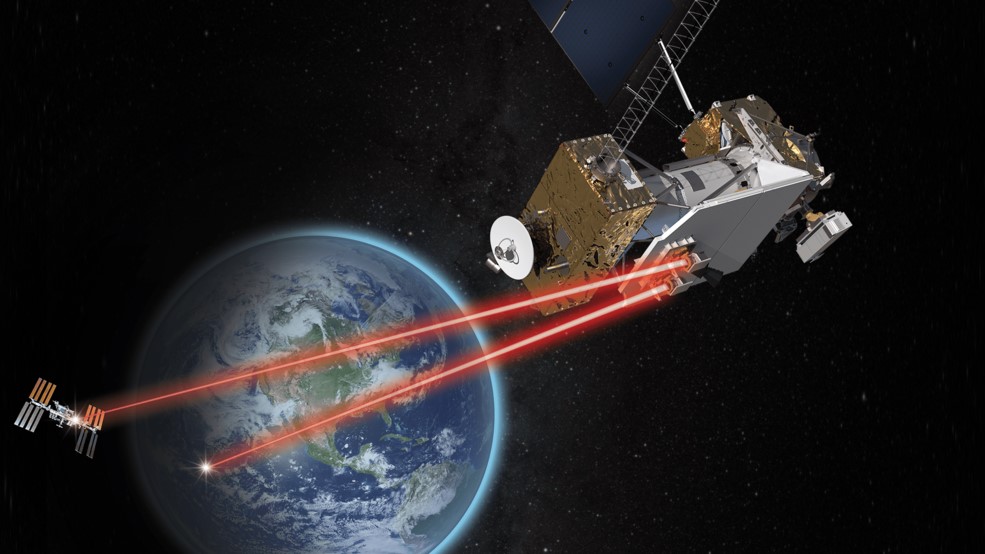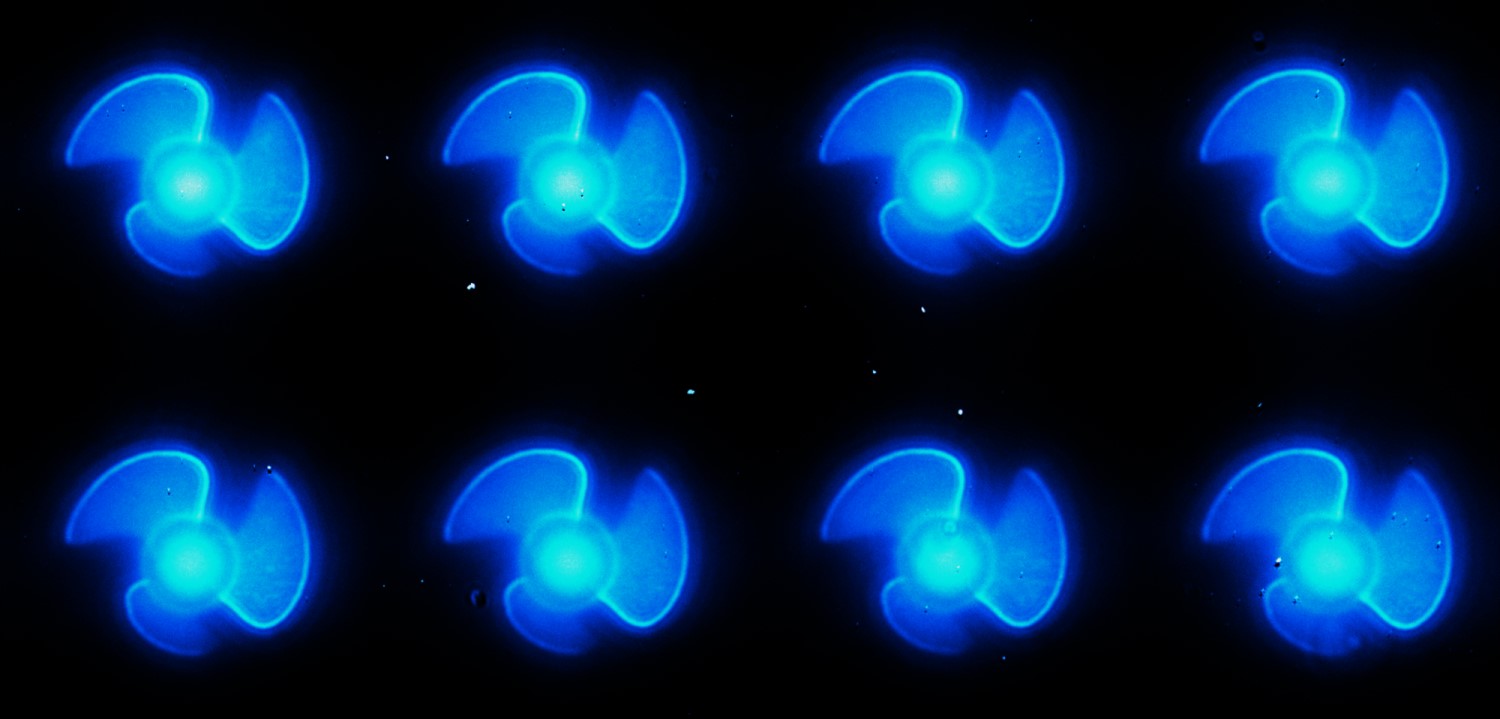Although its future is uncertain, NASA's electric plane will go to the skies this year
“This industry of building electric airplanes is very competitive,” Starr Ginn, NASA’s Advanced Air Mobility lead strategist said in a statement last month. “Having a NASA-sponsored project, where we get to share all our lessons learned with the public, allows the industry to grow. The X-57 project has been a wealth of knowledge so people don’t have to reinvent the wheel. [1]

Figure 1. NASA's electric plane will go to the skies this year
NASA's electric plane will go to the skies this year is shown in figure 1. After navigating challenges—from exploding transistors to a full redesign of its battery packs—NASA’s all-electric airplane will take its first test test flight this year.[2]
NASA’s “all-electric” plane X-57 is soon set to take off, the US space agency. The plane has 14 propellers along its wings and is powered entirely by electricity. Recently, NASA’s X-57 Maxwell performed successful thermal testing of its cruise motor controllers. Thermal testing is important because it validates the design, operability, and workmanship quality of aircraft controllers. The controllers have temperature-sensitive parts and must be able to withstand extreme conditions during flight.
- The X-57 uses lithium batteries to run electric motors for its propellers.
- The cruise motor controllers convert the energy stored in the aircraft’s lithium-ion batteries to power the aircraft’s motors. However, the energy of lithium-ion batteries is 50 times less than aviation fuel.
- The controllers use silicon carbide transistors to deliver 98% efficiency during high-power take-off and cruise, meaning they do not generate excessive heat and can be cooled off by the air flowing through the motor.
- With a range of about 160 km and a flight time of about one hour, the X-57 is not expected to lead to a replacement technology for long-haul flying. Instead, short-hop flights with ten or so passengers are a good and potentially possible target for early, battery-powered flights.[3]
NASA recently received an all-electric aircraft, the X-57 Maxwell, that will undergo testing in the coming months with the first flight expected in 2020. It’s a small step toward making zero-emissions air travel a reality, and it couldn’t have come at a better time.
While aviation emits about 2.4 percent of global greenhouse gas emissions, demand for flights is rapidly growing and the resulting emissions are on track to triple by the middle of the century. Meanwhile, scientists say that to limit warming this century to 1.5 degrees Celsius, the world will have to cut total emissions in half by as soon as 2030.[4]
The X-57 Maxwell features a unique design with 14 electric motors and propellers distributed along its wings, replacing the traditional combustion engines. This configuration aims to improve energy efficiency and reduce the environmental impact of air travel. By harnessing electric power, the aircraft has the potential to reduce noise pollution and carbon emissions significantly.
References:
- https://www.smithsonianmag.com/smart-news/nasas-electric-plane-will-take-flight-this-year-but-its-future-is-uncertain-180981521/
- https://flipboard.com/topic/nasa/nasa-s-electric-plane-will-take-flight-this-year-but-its-future-is-uncertain/
- https://currentaffairs.adda247.com/nasas-all-electric-x-57-plane-is-preparing-to-fly/
- https://www.vox.com/2019/10/9/20903205/nasa-electric-airplane-x-57-aviation-emissions
Cite this article:
Gokula Nandhini K (2023), Although its future is uncertain, NASA's electric plane will go to the skies this year, AnaTechMaz, pp.204
Although its future is uncertain, NASA's electric plane will go to the skies this year
“This industry of building electric airplanes is very competitive,” Starr Ginn, NASA’s Advanced Air Mobility lead strategist said in a statement last month. “Having a NASA-sponsored project, where we get to share all our lessons learned with the public, allows the industry to grow. The X-57 project has been a wealth of knowledge so people don’t have to reinvent the wheel. [1]

Figure 1. NASA's electric plane will go to the skies this year
NASA's electric plane will go to the skies this year is shown in figure 1. After navigating challenges—from exploding transistors to a full redesign of its battery packs—NASA’s all-electric airplane will take its first test test flight this year.[2]
NASA’s “all-electric” plane X-57 is soon set to take off, the US space agency. The plane has 14 propellers along its wings and is powered entirely by electricity. Recently, NASA’s X-57 Maxwell performed successful thermal testing of its cruise motor controllers. Thermal testing is important because it validates the design, operability, and workmanship quality of aircraft controllers. The controllers have temperature-sensitive parts and must be able to withstand extreme conditions during flight.
- The X-57 uses lithium batteries to run electric motors for its propellers.
- The cruise motor controllers convert the energy stored in the aircraft’s lithium-ion batteries to power the aircraft’s motors. However, the energy of lithium-ion batteries is 50 times less than aviation fuel.
- The controllers use silicon carbide transistors to deliver 98% efficiency during high-power take-off and cruise, meaning they do not generate excessive heat and can be cooled off by the air flowing through the motor.
- With a range of about 160 km and a flight time of about one hour, the X-57 is not expected to lead to a replacement technology for long-haul flying. Instead, short-hop flights with ten or so passengers are a good and potentially possible target for early, battery-powered flights.[3]
NASA recently received an all-electric aircraft, the X-57 Maxwell, that will undergo testing in the coming months with the first flight expected in 2020. It’s a small step toward making zero-emissions air travel a reality, and it couldn’t have come at a better time.
While aviation emits about 2.4 percent of global greenhouse gas emissions, demand for flights is rapidly growing and the resulting emissions are on track to triple by the middle of the century. Meanwhile, scientists say that to limit warming this century to 1.5 degrees Celsius, the world will have to cut total emissions in half by as soon as 2030.[4]
The X-57 Maxwell features a unique design with 14 electric motors and propellers distributed along its wings, replacing the traditional combustion engines. This configuration aims to improve energy efficiency and reduce the environmental impact of air travel. By harnessing electric power, the aircraft has the potential to reduce noise pollution and carbon emissions significantly.
References:
- https://www.smithsonianmag.com/smart-news/nasas-electric-plane-will-take-flight-this-year-but-its-future-is-uncertain-180981521/
- https://flipboard.com/topic/nasa/nasa-s-electric-plane-will-take-flight-this-year-but-its-future-is-uncertain/
- https://currentaffairs.adda247.com/nasas-all-electric-x-57-plane-is-preparing-to-fly/
- https://www.vox.com/2019/10/9/20903205/nasa-electric-airplane-x-57-aviation-emissions
Cite this article:
Gokula Nandhini K (2023), Although its future is uncertain, NASA's electric plane will go to the skies this year, AnaTechMaz, pp.204




